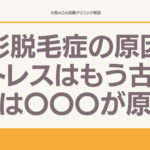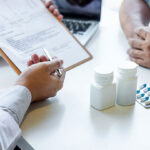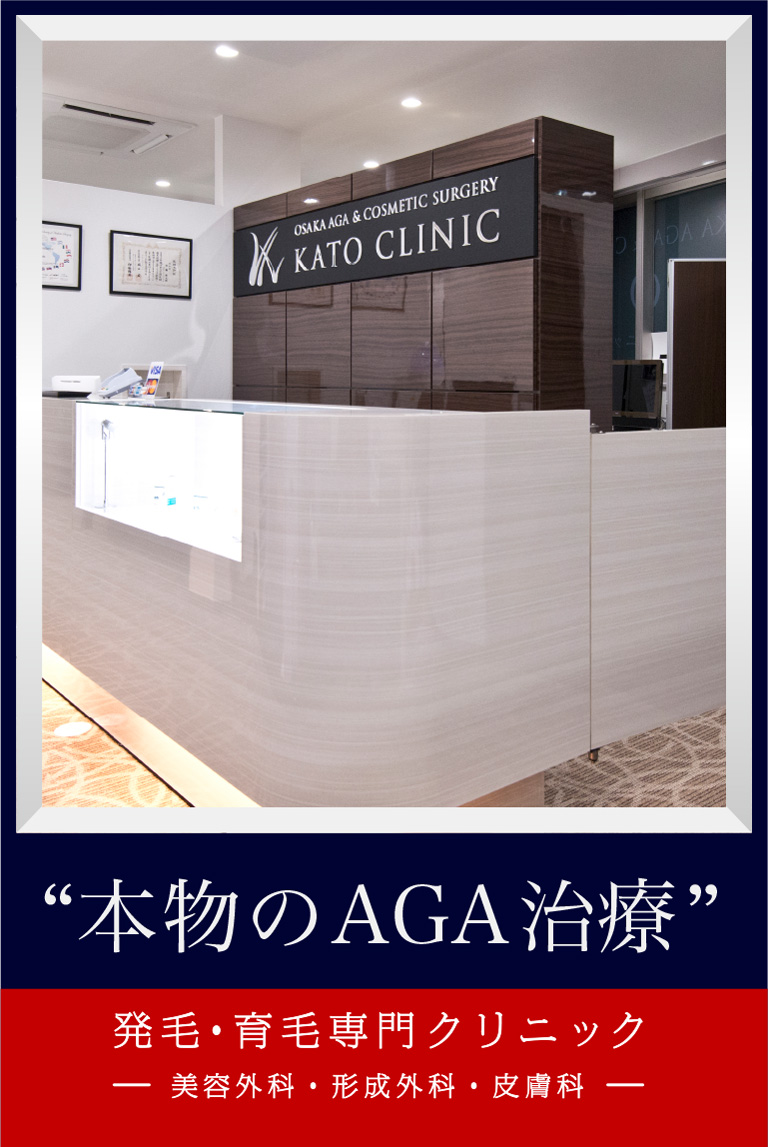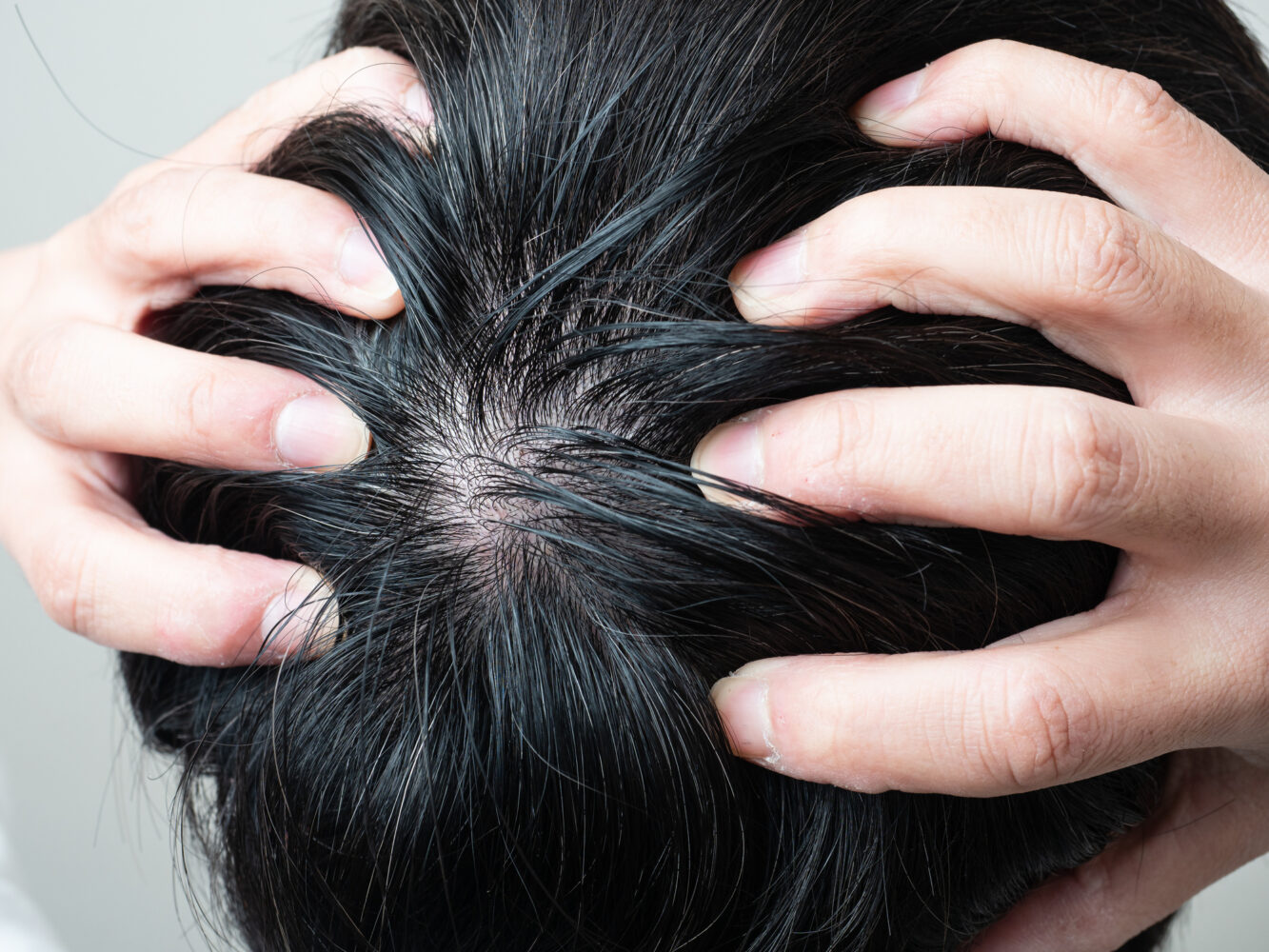
- I want to cure the circular hair loss before it spreads.
- What if it could be done elsewhere?
- Worried about repeating it.
When you notice that you have alopecia areata, it is a real shock, isn’t it?
You may feel anxious, “What if the hair doesn’t grow back?
Do you want to get rid of it as soon as possible but don’t know what to do?
Recently, reliable treatment methods have been fairly well established.
In this article, we will introduce several treatments that are said to be effective for alopecia areata.
In addition, we will also cover how to choose a good hospital and some precautions for alopecia areata treatment.
Please use this article to find a treatment that may be suitable for you.
For more information on the types and causes of alopecia areata, please refer to the following article.
この記事で説明する内容は?
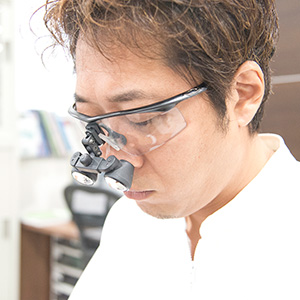
Kentaro Kato, Hospital director of Osaka AGA Kato Clinic group, specializing in comprehensive hair treatment. We specialize in cutting-edge treatments for a variety of clinically proven effective treatments for thinning hair and hair loss. Graduated from Faculty of Medicine, Kinki University in 2001 Worked at plastic surgery of Osaka Medical and Pharmaceutical University Hospital as an anesthesiologist from 2001 to 2005. Worked as a head of plastic surgery at major cosmetic surgery, Hair Transplant Department from 2005 to 2011. Opened Osaka AGA Kato Clinic in 2011. Japan Society of Plastic and Reconstructive Surgery, Regular Member. The Japanese Society for Regenerative Medicine, Regular Member. World Academy of Anti-Aging & Regenerative Medicine, Regular Member.
11 types of Treatment for Alopecia areata
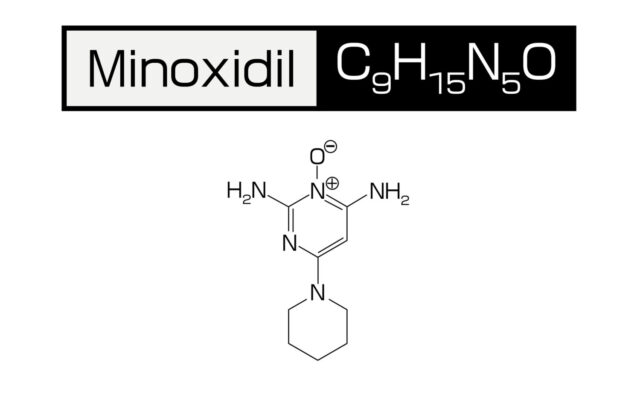
Some of our patients are cured immediately with remarkable results with a single treatment method, while others are gradually improving after trying multiple treatments.
Currently effective treatments for alopecia areata include the followin;
- Local immunotherapy
- Propecia/minoxidil therapy
- Steroid therapy
- Antiallergic agents
- Antihistamines
- Acupuncture treatment
- Hair transplant treatment
- Low-power laser therapy
- Phototherapy
- Snow Carbonic Acid Piezoresistance Therapy
- Chinese Herbal Medicine Treatment
The characteristics of each are described below.
Local immunotherapy
Topical immunotherapy is a treatment that artificially causes a rash on the affected area of alopecia areata to promote hair growth.
If effective, hair regrowth can be seen within a few months, and it is currently one of the most effective treatments.
It is sometimes called “SADBE therapy” from the name of the drug that causes the rash, or “SADBE therapy” in kanakana reading.
This method is highly regarded worldwide and is recommended as rank B in the guidelines for alopecia areata of the Japanese Dermatological Association.
The efficacy rate is 60-90% and there is no risk of serious systemic side effects.
Propecia/minoxidil therapy
Propecia and Minoxidil are medications prescribed for the treatment of AGA (male pattern baldness).
Propecia is also used for men who have both AGA and alopecia areata.
Propecia is explained in more detail in the following article.
Minoxidil is a liquid topical medication used to treat alopecia. Minoxidil has a vasodilating effect. RiUP” and ‘Rogaine’ are well-known topical drugs (hair regrowth agents) that can be purchased over the counter.
Most are available in concentrations ranging from 2% to 5%.
Concentrations higher than 5% can be used with a doctor’s consultation and prescription.
In most cases, continuous use for 6 months or longer is required, depending on the individual.
Do not discontinue use at your own discretion, even if it is not effective.
Steroid therapy
This treatment is based on the use of steroids, which are effective in reducing skin inflammation.
This treatment is considered effective for alopecia areata caused by inflammation.
There are three types of usage
| Usage | Notes |
|---|---|
|
Topical steroid |
Suppresses skin inflammation and immune function |
|
Oral steroid |
It is given in cases of rapid progression and is very effective |
| Intravenous steroid injection |
Hair growth occurs only in the area injected, and side effects of indentation in that area may occur. |
Prolonged use may cause thinning of the skin due to steroid side effects.
Prolonged use may cause the following side effects
- Skin thinning
- Pigmentation
- Pimples
- Dilation of capillaries
Nevertheless, it is an effective and safe form of treatment if used appropriately and in accordance with the doctor’s instructions.
Antiallergic agents
In early or mild cases, allergy suppressing medications such as cephalanthin and glycyrrhizin are taken.
Cephalantin is effective in suppressing allergic reactions and promoting blood circulation.
Like topical steroids, cephalantin is also a proven treatment for alopecia areata in Japan.
The main ingredient of glycyrrhizin is a plant called licorice.
Glycyrrhizin is a natural ingredient with few side effects.
It is a natural ingredient with few side effects, but there is a noted risk of lowering potassium levels if taken over a long period of time.
It is mainly proven in the treatment of single and multiple forms of alopecia areata.
Antihistamines
Antihistamines are also recommended as adjunctive therapy in the guidelines for alopecia areata by the Japanese Dermatological Association.
However, there is no insurance coverage for alopecia areata.
Insurance coverage may be available for patients with a predisposition to atopy.
Acupuncture treatment
Acupuncture is a treatment using acupuncture needles and moxibustion. By stimulating specific meridians, the scalp is restored to its normal state.
Acupuncture and moxibustion treatment is effective for alopecia areata in the following ways
- Promotes blood flow to the scalp
- Discharge of sebum and waste products
- Increase in capillaries around hair follicles
- Promotion of peripheral vascular circulation
Acupuncture is one of the treatments with fewer side effects.
However, it is not a common treatment method and its effectiveness varies from person to person.
Treatment by a properly trained professional is necessary.
Be aware that self-treatment by amateurs is dangerous.
Hair transplant treatment
Hair transplantation therapy is a treatment in which hair is implanted into the scalp where alopecia areata has developed.
There are two types of hair transplant treatment;
- FUE (Folicule Unit Extraction method)
- FUT (Strip method)
In FUE, individual hair follicles are removed from the patient’s scalp and replanted one by one into the scalp.
FUT, on the other hand, involves removing a strip of skin from the scalp and replanting it.
In hair transplantation therapy, the patient’s own hair follicles can be used.
This makes it possible to reproduce the natural appearance and normal growth pattern of the patient’s own hair.
In addition, maintenance after hair transplantation can be performed in the same way as normal hair care.
Hair transplant treatment has some disadvantages, such as the risks associated with the surgery and the high cost.
Even after hair transplantation, the symptoms of alopecia areata may develop, rendering the hair transplantation futile.
Low-power laser therapy
Low power laser therapy, also known as Low Level Laser Therapy (LLLT), is a relatively new method of hair growth. By irradiating the scalp with a low-power laser, it improves blood flow and promotes hair growth.
Low-power laser therapy is less risky and painless than surgery or drug administration.
However, the effectiveness of treatment varies from person to person and requires continuous treatment.
The effectiveness of low-power laser therapy depends on the duration of treatment, the amount of irradiation, and the patient’s condition.
To maximize the effectiveness of treatment, it is important to consult with a doctor and develop an appropriate treatment plan.
It can also be used in conjunction with therapeutic drugs and hair growth products.
Phototherapy
Excimer lasers, which use wavelengths in the 304-313 nm region of ultraviolet light, are often used to treat alopecia areata. Excimer laser can irradiate only the area to be treated.
So it is efficient for localized conditions such as alopecia areata, and the advantage is that the irradiation time is short. NB-UVB (narrow band UV-B) is another commonly used dermatological treatment for alopecia areata.
It cuts out harmful areas from the wavelengths of UV-B, which are mainly mid-wave ultraviolet rays, and only the areas that are effective for treatment can be extracted. Therefore, effective and safe treatment is possible.
Snow Carbonic Acid Piezoresistance Therapy
Snowy carbonic acid piezoresistance therapy is a treatment for advanced forms of the disease. It is a method of stimulating the affected area by lightly applying snow liquid nitrogen (or dry ice) to improve the immune status.
A 1990 Jichi Medical University study, “Snowy Carbonic Acid Pressure Resistance Method for Alopecia Areata: Changes in its Hair Regrowth Rate,” reported the following.
Compared to the natural course group, hair regrowth was observed in a shorter period of time after the start of treatment, and the hair regrowth rate per month was higher, with more patients regrowing hair.
This treatment seemed to promote hair regrowth.
However, the hair regrowth rate did not increase significantly from the 12th to 15th month, suggesting that this is the time to convert to other treatment methods.
Currently, the effect of snow carbonic acid piezoresistance therapy using dry ice is considered to be limited in the short term and is not covered by insurance.
Chinese Herbal Medicine Treatment
Herbal medicine treatment is one of the therapies used in traditional Chinese medicine. It can treat alopecia areata by regulating the balance in the body.
Since they are made from natural ingredients, they are recommended for those who are concerned about side effects.
However, Chinese herbal medicines can interact with other medicines.
If you are taking medications on a daily basis, you should consult your doctor.
A Chinese medicine doctor will be able to refer you to an appropriate prescription for your condition.
How to Choose an Effective Hospital for Alopecia Areata Treatment
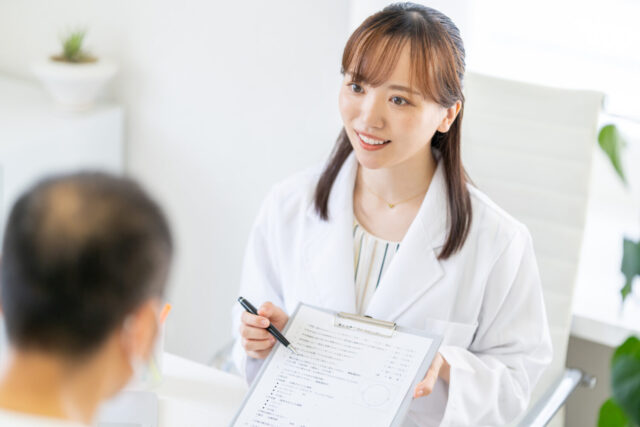
To find an effective treatment for alopecia areata, grasp the following points.
- Choosing a hospital
- How to gather information on treatment effects and side effects
Each of them is explained below.
Check to see if a doctor is available.
First, make sure that you have a doctor with experience in the field of thinning hair and hair loss.
A doctor who specializes in this field will be able to provide you with the proper diagnosis and treatment.
Find out about equipment and treatment
It is also important to find out about equipment and treatments.
For example, a hospital equipped with phototherapy or laser therapy equipment will provide more effective treatment.
Check treatment costs and insurance coverage
Some treatments are not covered by insurance and may be expensive.
You can contact the hospital or check their website before making an appointment.
Check reputations from reliable sources
Even if a hospital is large, it does not necessarily mean that the treatment is effective.
You can choose a reliable hospital by referring to online reviews and ratings.
Alopecia Areata Treatment Precautions
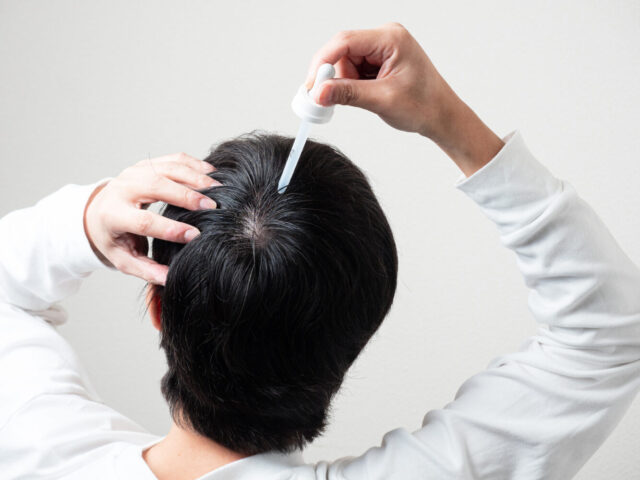
When treating circular alopecia, care must be taken or the condition may worsen.
Below are some of the precautions that should be taken in the treatment of circular baldness.
Risk of deterioration due to abuse of over-the-counter medications and hair growth products
Many people consider the use of over-the-counter medications and hair growth products as a way of dealing with alopecia areata. However, it is important to remember that their abuse may inversely aggravate symptoms.
Some ingredients in over-the-counter medications and hair growth products can cause allergies or sensitivities.
Improper use may also cause excessive irritation to the scalp and damage hair follicles.
Therefore, caution should be exercised when using over-the-counter medications and hair growth products.
It is recommended that a doctor be consulted before use.
Other factors leading to deterioration
Avoid scalp massages that involve scratching or strong irritation, as these can aggravate symptoms.
These actions can cause damage to the scalp and hair follicles.
Also, lifestyle disturbances such as stress and lack of sleep are not good.
It is important to be aware of proper lifestyle habits without relying solely on treatments.
Alopecia areata self-care at home
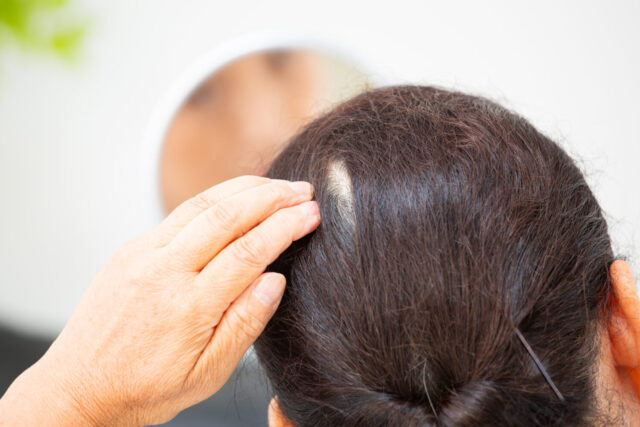
Lifestyle modification is an effective way to deal with alopecia areata.
Stress, lack of sleep, and poor nutrition can worsen alopecia.
Make time for relaxation to reduce stress.
For example, make a conscious effort to make time to take a relaxing bath or listen to music.
Taking a walk or immersing yourself in a hobby can also be a great stress reliever.
Regular life is important
It is also important to get enough sleep. Establish a regular rhythm of life.
It is said that you should get into bed at the same time every day.
To eliminate nutritional deficiencies, it is important to eat a well-balanced diet.
In particular, nutrients such as B vitamins, zinc, and iron are necessary for healthy hair growth.
Improving nutritional balance will help maintain healthy hair.
Conclusion
There are still limitations to what you can do at home.If there is no improvement, see a dermatologist.
Especially if the hair loss is very advanced, it is recommended to see a dermatologist as soon as possible.
The advice of a dermatologist will give you peace of mind.


